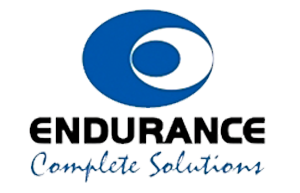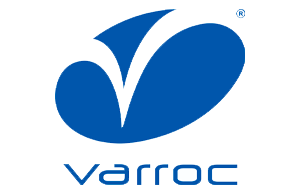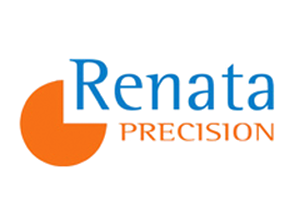Overview
Tooling industry is the heart of every manufacturing company. Press Tools for a sheet metal product manufacturer, Moulds for a plastic product maker and Jigs / Fixtures and Cutting Tools for a machining shop are the most effective production equipment for a mass producing shop. 3D Engineering brings to its customer solutions that help Innovative designs of these tools, facilities that assist their efficient and high quality manufacturing ensuring that they continue performing for a error free and non-stop production. Tools are required by all the industry segments such as aeronautics and automotive, electronics and consumer. Tooling quailty & costs, their time to market, as well their reliability, are key factors, that directly or indirectly affect the sustainability of industrial competitiveness.
Solutions
Tool Design
NX Design and the tooling add-ons are the most popular software tools used by the tooling industry. Mould Wizards with NX CAD allows parting line definitions, core-cavity extractions and provision of drafts to meet industry best practices. NX also has tools for electrode design that help mold makers get most from the tools to design the copper or graphite electrodes for spark erosion. NX also has a module for Progressive die design for sheet metal press tools. Designing Jigs & Fixtures around the product ensures a seemless design workflow. Free form surface modeling in NX allows modeling of complex shapes that the modern day products have.
Tool Manufacturing
Complex Core-Cavity & Die machining on 3 / 4 / 5 axes milling machines is considered one of the most critical areas in a tool room. NX CAM is the most powerful CAM software that enables tool machining with alternative and optimized tool paths. Handling a variety of controllers through its post-processing capability, NX CAM ensures that the tool machinist is confident that the CAM tool he is using gives him the perfect tool geometry.
Confirmal Cooling Inserts using Additive Manufacturing
In the process of Injection Moulding, the cycle time for cooling of the insert before the part can be ejected takes maximum time. This reduces the productivity of parts. Further, in a bid to save on this time, component manufacturers under cost pressures, tend to use lower cooling cycles resulting in warpages and rejections of parts. Some complex shaped parts may not even have access to cool the part approriately. Additively manufactured Conformal Cooling Channels in a mold cavity help save the injection cycle time, reduce warpages, increase life of the molds and reduce rejections.





